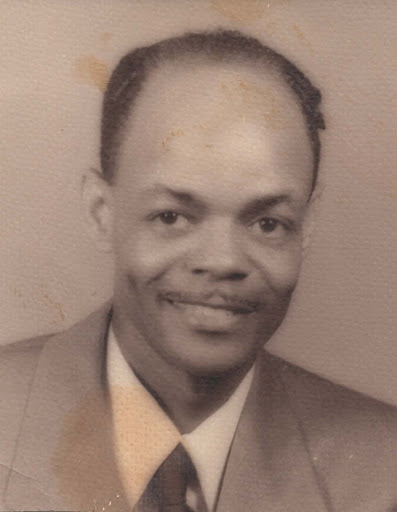
Today’s post is the second entry in our Black History Month series, written by staff member Tracey Calhoun and her daughter Dymond.
Otis Boykin was born in Dallas, Texas, on August 29, 1920, to parents Sarah and Walter Boykin. His father was a carpenter and then became a minister. Sadly, his mom, a homemaker, died of heart failure in 1921. After graduating as valedictorian from Booker T. Washington High School (Dallas, TX), he studied at Fisk College (Nashville, TN). Otis Boykin graduated from Fisk College in 1941. He landed a job as a laboratory assistant advancing to a supervisory position with Majestic Radio and TV Corporation in Chicago, Illinois. In 1941, Otis Boykin worked with P.J. Nilsen Research Laboratories while creating his own company named Boykin-Fruth Incorporated. It was through the operation of his company (early 1946) Otis Boykin began working on his inventions. He entered into graduate studies at Chicago’s Illinois Institute of Technology from 1946-1947. Unfortunately, he was unable to complete his graduate studies due to lack of finances to meet the cost for his tuition. Otis Boykin earned 26 patents in his lifetime.
Otis Boykin had a special enjoyment working with resistors. He researched, perfected, and received a patent for a wire precision resistor on June 16, 1959. This resistor limited the flow of electric current withstanding extreme changes in temperature and pressure. Otis Boykin’s wire resistor was a necessity to the United States military guided missiles and IBM computers; it’s the most reliable on the market. His many resistor models are used in consumer products such as televisions, computers, and radios – all devices we use in the world today. As consumers, for these products, we can thank Otis for making them more affordable and efficient.
Otis Boykin personally made an impact on my life. In March 2010, I was implanted with a dual implantable cardioverter, acting as both a pacemaker and defibrillator. My heart muscle had begun weakening tremendously due to the abnormality of my left ventricle pumping twenty percent of blood to my entire body. This poor pumping action led to organs and tissues being depleted of their oxygen and an enlarged left ventricle. It was a high probability my heart would enter into dysrhythmia, a fatal rhythm, at any time. Without question, my cardiologist and I knew it was a critical decision for me to receive this device to counteract any fatal rhythms.
Otis Boykin famously invented and patented a resistor for the control unit in the pacemaker. The control unit will send an electrical stimulus to regulate the heartbeat. It identifies the number of pulses per minute for each individual and becomes the number of beats per minute for the paced heart. His contribution from this innovation aided in the first implantable pacemaker in 1958 (Sweden). “Pacemakers today are powerful devices with a number of benefits for patients. Many have computing power similar to early personal computers and can last more than 10 years on their internal battery,” Mouchawar, divisional VP of product development at Abbott, said. “But all technology starts somewhere, and Otis Boykin’s work set the technology on a path that led us to where we find ourselves today.”